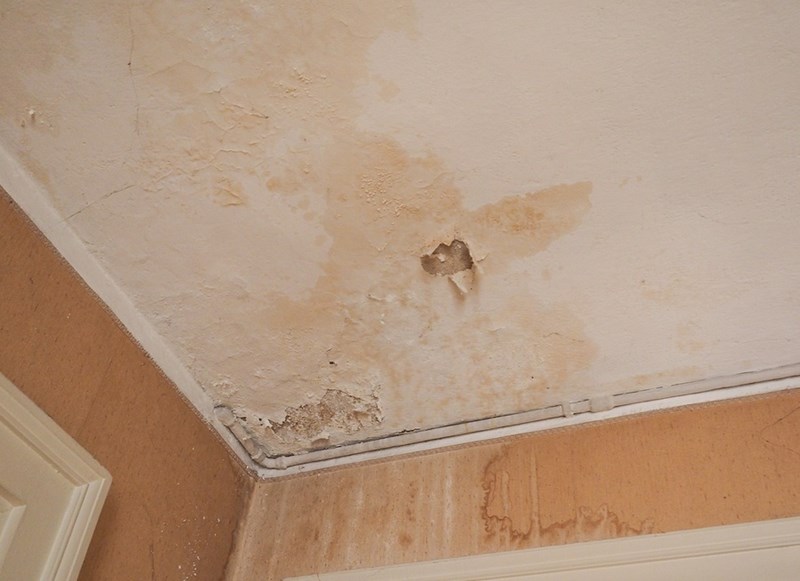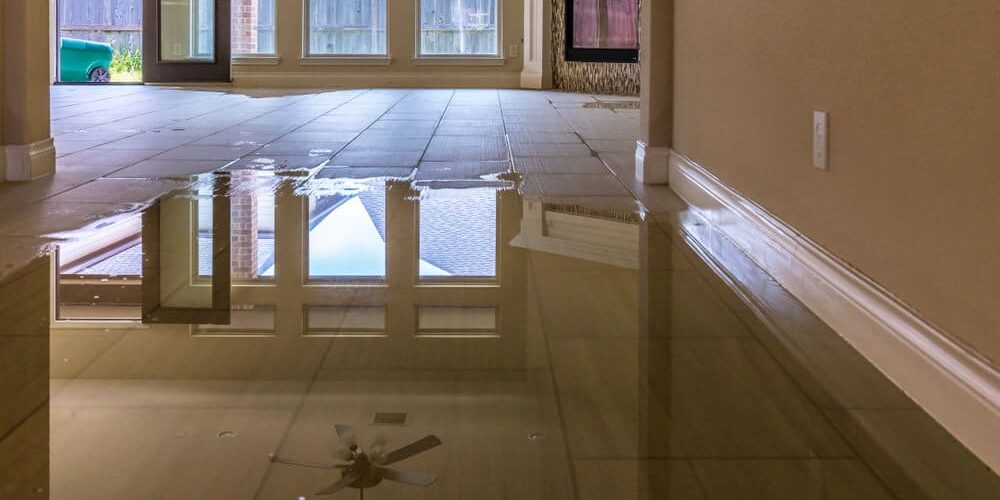Full-Spectrum Water Damage Repair Services for Complete Property Restoration
Full-Spectrum Water Damage Repair Services for Complete Property Restoration
Blog Article
The Process of Water Damage Clean-up: Guaranteeing Your Home Is Brought Back Efficiently
Water damage can be an overwhelming challenge for property owners, requiring a thorough and organized cleaning process to bring back safety and performance. damage restoration services. Following this, efficient water removal strategies play a crucial duty in minimizing additional injury.
Analyzing the Damages
Upon uncovering water damages, the very first step is to thoroughly assess the extent of the influence. This first analysis is vital, as it aids identify the essential actions for effective cleanup and restoration. Begin by checking the influenced areas, including wall surfaces, ceilings, floorings, and individual items, to determine the resource of the water intrusion, whether from flooding, leakages, or condensation.
Recording the damage is necessary for both insurance policy claims and preparing remediation initiatives - damage restoration services. Usage photos and composed notes to capture the severity of the damage, noting any kind of afflicted structural components and products. Pay unique interest to locations that may not be right away visible, such as behind walls and under carpetings, as hidden moisture can result in more difficulties, including mold growth
In addition, examine the timeline of the water exposure. The longer the materials remain wet, the greater the capacity for damages. Comprehending the duration of direct exposure will certainly notify the necessity of removal initiatives. Ultimately, a detailed assessment lays the foundation for a successful water damages cleanup procedure, making sure that all affected areas are resolved efficiently and extensively.
Water Extraction Methods

Professionals usually utilize submersible pumps for bigger quantities of water, which can swiftly relieve flooding in cellars or various other influenced locations. For smaller sized amounts, wet/dry vacuum cleaners are frequently made use of to remove recurring wetness from rugs and hard surface areas. Additionally, utilizing portable extractors enables targeted elimination in constrained rooms or areas with delicate products.
In instances of polluted water, such as sewer or floodwater, progressed removal methods might include the usage of biohazard tools to ensure safety and security and conformity with health laws. High-powered removal tools are important in reducing water retention in structural materials, which can result in mold and mildew development and structural deterioration if not addressed without delay.
Eventually, the efficiency of water removal strategies plays a crucial function in the overall success of the water damages cleanup process, preparing for succeeding remediation initiatives.
Drying and Dehumidification
When standing water has actually been successfully extracted, the following important phase in the water damage cleanup procedure is drying and dehumidification. This action is important to stop additional damage and mold and mildew growth, which can take place within 24 to 48 hours in damp atmospheres.
To accomplish effective drying, specific tools such as industrial-grade air moving companies and dehumidifiers is employed. Air moving companies circulate air across wet surfaces, enhancing dissipation rates, while dehumidifiers minimize moisture degrees in the air, advertising a favorable environment for drying out. The mix of these tools makes certain that wetness is attracted out from floorings, furnishings, and walls, allowing them to dry thoroughly.
It is necessary to keep track of the drying out procedure very closely. Experts often utilize wetness meters to analyze the dampness material in different products, ensuring that all affected areas get to acceptable dryness levels. This careful strategy helps to avoid concealed wetness pockets liquid damage repair that might cause architectural damage or unhealthy mold growth.

Cleaning and Sterilizing
After the drying out and dehumidification phase is full, the following essential action in water damages cleaning is cleaning and sterilizing the impacted areas. This process is critical to stop the development of mold, bacteria, and other pathogens that grow in wet settings.
The cleaning phase normally includes eliminating any particles, dust, and impurities from surfaces using specialized cleansing representatives. For difficult surfaces, a mix of soap and water or business cleaning items is commonly utilized. Soft products, such as upholstery and carpets, may call for a lot more substantial cleaning methods, consisting of heavy steam cleansing or deep removal strategies, to make sure extensive sanitation.

Sanitizing follows cleansing, using EPA-approved anti-bacterials to get rid of harmful bacteria. This step is crucial, especially in locations that may have entered into call with floodwaters or sewage, as these resources can posture significant health and wellness threats.
Additionally, it is essential to address any type of staying smells, which might call for making use of odor neutralizers or advanced methods like ozone treatment. Appropriate cleansing and sterilizing not only bring back the security and hygiene of your home yet also lay the groundwork for effective restoration and repair services in subsequent stages of the water damages cleanup process.
Remediation and Repair Work

When the analysis is total, restoration initiatives can begin. This commonly involves fixing or replacing broken products, ensuring that all job follows neighborhood structure codes and requirements. As an example, if drywall has been compromised, it will need to be gotten rid of and changed with new material. In addition, floor covering may require comparable interest, depending on the degree of water direct exposure.
It is crucial to involve skilled restoration professionals throughout this process, as they have the expertise to manage complex fixings properly. They can assist mitigate potential future concerns, such as mold and mildew growth or structural instability, therefore making sure a safe and habitable living environment. Inevitably, reliable restoration and repair work recover the home's integrity and enhance its general worth.
Conclusion
Finally, the procedure of water damage clean-up is important for recovering a home to its pre-damage condition. Each phase, from assessing the damage to implementing reliable water removal techniques, adhered to by extensive drying, sterilizing, and needed repair work, plays a vital role in making sure security and conformity with structure standards. Efficient implementation of these actions not only reduces immediate damage yet additionally improves the long-lasting integrity and value of the residential or commercial property.
Water damage visit the site can be a difficult obstacle for homeowners, requiring a structured and thorough clean-up process to bring back safety and security and performance. Ultimately, a comprehensive analysis lays the foundation for a successful water damage clean-up process, making certain that all influenced areas are dealt with successfully and extensively.
Effective water removal techniques are crucial in mitigating damage and protecting against additional difficulties complying with a water breach occasion.In verdict, the procedure of water damages clean-up is critical for recovering a home to its pre-damage condition. Each stage, from analyzing the damages to implementing efficient water extraction strategies, followed by comprehensive drying out, sanitizing, and needed repair work, plays a vital role in making certain safety and compliance with structure criteria.
Report this page